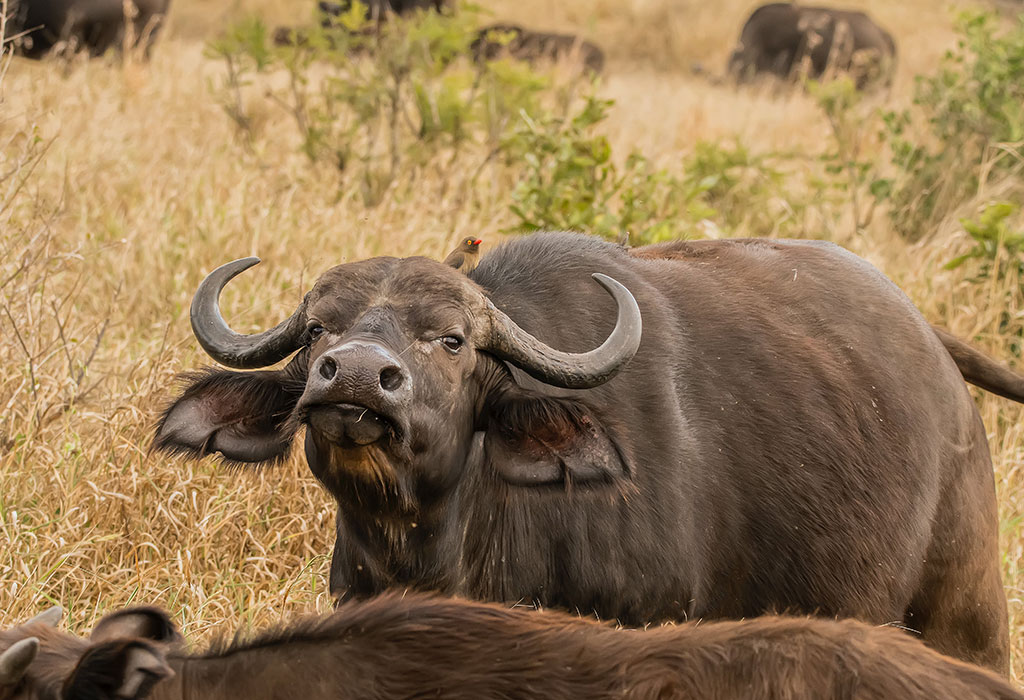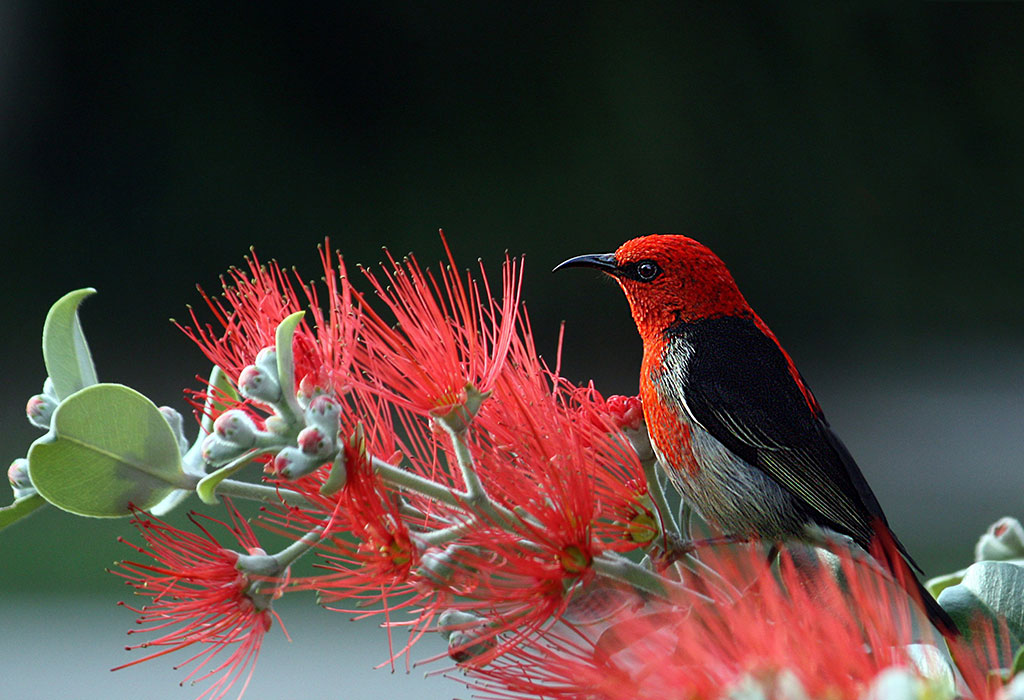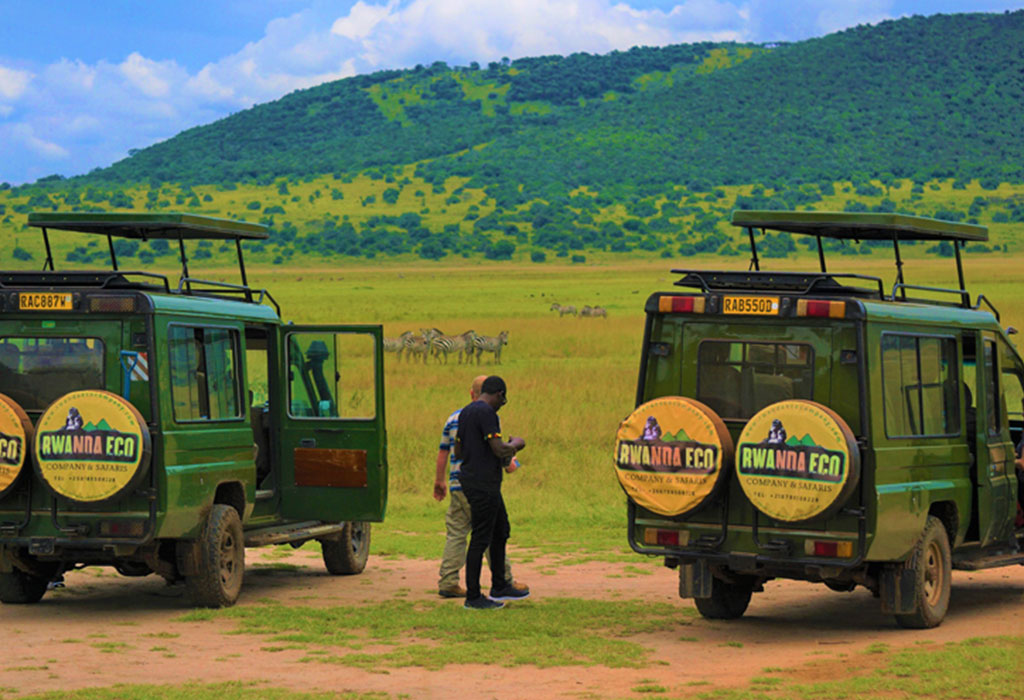Top things to do in Akagera National Park, the park is situated in the scenic…
Where to find elephants in Akagera
Where to find elephants in Akagera; nestled in the eastern part of Rwanda, Akagera National Park stands as a testament to the country’s commitment to conservation and biodiversity. Among its diverse array of wildlife, the elephants of Akagera are a captivating highlight. These majestic giants, with their immense size and gentle demeanor, draw visitors from around the world. Exploring where to find elephants in Akagera National Park unveils a remarkable journey into the heart of this African wilderness.
Akagera National Park is a diverse ecosystem that spans savannahs, wetlands, and woodlands. It provides a vital habitat for a rich variety of flora and fauna, making it a prime destination for wildlife enthusiasts and conservationists alike. Akagera is renowned for its successful reintroduction of key species, including elephants, creating a harmonious balance within the ecosystem.
Elephants in Akagera can be found in various habitats, each offering a unique perspective on these gentle giants. The park’s extensive savannahs are particularly favored by elephants, providing ample grazing opportunities and the freedom to roam across vast expanses. The woodlands within the park also attract elephants, offering shade and sustenance from a variety of tree species.
Places where you can find elephants in Akagera include the following:
Kiyonza Ridge:
One of the prime locations to spot elephants is Kiyonza Ridge, a vantage point that offers panoramic views of the park’s landscape. From here, visitors can observe herds of elephants meandering across the savannah, often accompanied by other wildlife.
Magashi Peninsula:
The Magashi Peninsula, surrounded by Lake Ihema, is another hotspot for elephant sightings. The peninsula’s lush vegetation and proximity to water sources make it an ideal habitat, drawing elephants for both nourishment and the opportunity to cool off in the refreshing waters.
Mwanihana Marsh:
Mwanihana Marsh is a haven for elephants during the dry season. As water sources become scarce, herds converge on this marshland, creating a picturesque scene of elephants bathing and socializing in the mud. It is an unforgettable spectacle for visitors.
Akagera River:
The Akagera River, flowing through the park, is a lifeline for both wildlife and elephants. Exploring the riverbanks provides a chance to witness elephants quenching their thirst, engaging in playful water activities, and creating enduring memories for onlookers.
Guided Safaris and Conservation Efforts:
To optimize the chances of encountering elephants in Akagera National Park, guided safaris are highly recommended. Knowledgeable guides, familiar with the elephants’ behavior and preferred habitats, enhance the safari experience by providing valuable insights and ensuring safety.
The conservation efforts in Akagera have been instrumental in the successful reintroduction of elephants. The park management, in collaboration with various conservation organizations, has implemented measures to protect these magnificent creatures from poaching and habitat degradation. Visitors can learn about these conservation initiatives and contribute to the ongoing efforts to safeguard the elephants of Akagera.
In conclusion, Akagera National Park stands as a testament to Rwanda’s dedication to preserving its natural heritage, with elephants emerging as charismatic ambassadors of this commitment. Exploring the various habitats within the park, from expansive savannahs to lush marshlands, offers a captivating journey into the world of elephants. With careful planning, guided safaris, and an appreciation for conservation efforts, visitors can embark on an enriching adventure, witnessing the grace and grandeur of elephants in their natural habitat.



